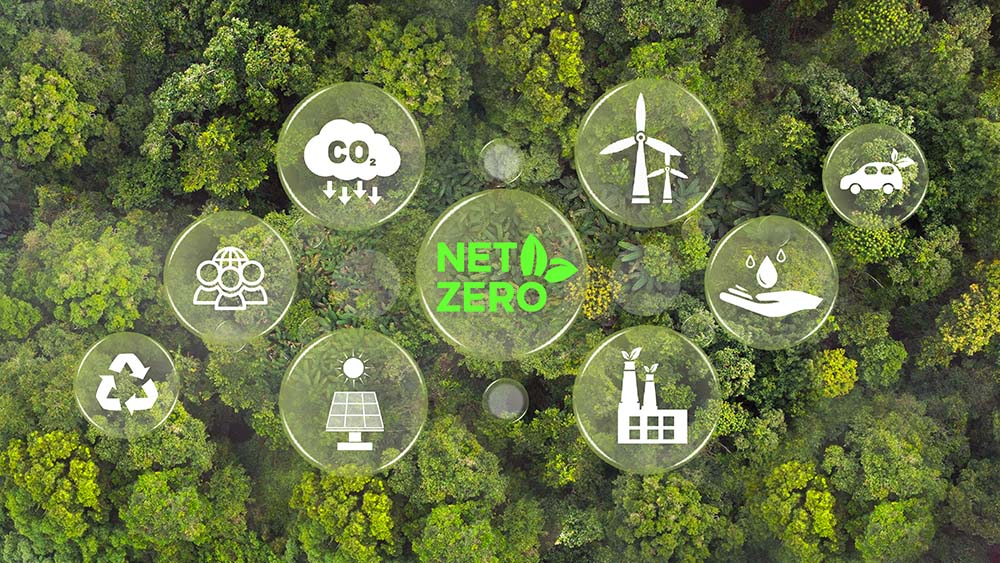The European Union’s Carbon Border Adjustment Mechanism, or CBAM, is transforming how global industries approach energy use and sustainability.
By assigning a price to the carbon emissions embedded in imported goods, CBAM pushes manufacturers to reduce emissions and adopt cleaner, more efficient technologies. For sectors that rely heavily on generators, this policy signals an important shift. Businesses must now focus not only on reliable power but also on compliance, efficiency, and environmental responsibility.
Why CBAM Matters
Climate change is a global problem that demands coordinated global solutions. As the European Union strengthens its climate commitments, a growing concern has emerged—carbon leakage.
This occurs when companies based in the EU relocate production to countries with weaker climate policies, or when carbon-intensive imports replace cleaner EU-made products. Such shifts can undermine the EU’s environmental progress while giving an unfair advantage to high-emission producers.
To address this, the EU introduced the Carbon Border Adjustment Mechanism (CBAM). This system ensures that imported goods bear a carbon cost equivalent to that of EU-made products.
It levels the playing field by confirming that a fair price has been paid for the carbon emissions embedded in imported materials. By doing so, CBAM prevents carbon leakage and ensures the EU’s ambitious climate targets remain intact. The policy is designed to comply with World Trade Organization rules and serves as a model for global carbon accountability.
CBAM represents more than a European regulation—it sets a new global standard for emission transparency. Companies worldwide now need to evaluate how their supply chains, production processes, and energy sources contribute to total emissions.
Early adopters of cleaner technology stand to gain both compliance and competitiveness. PowerLink, a global leader in sustainable power generation, supports this transition by providing efficient, low-emission, and hybrid generator systems that align with the objectives of CBAM and similar international climate frameworks.


